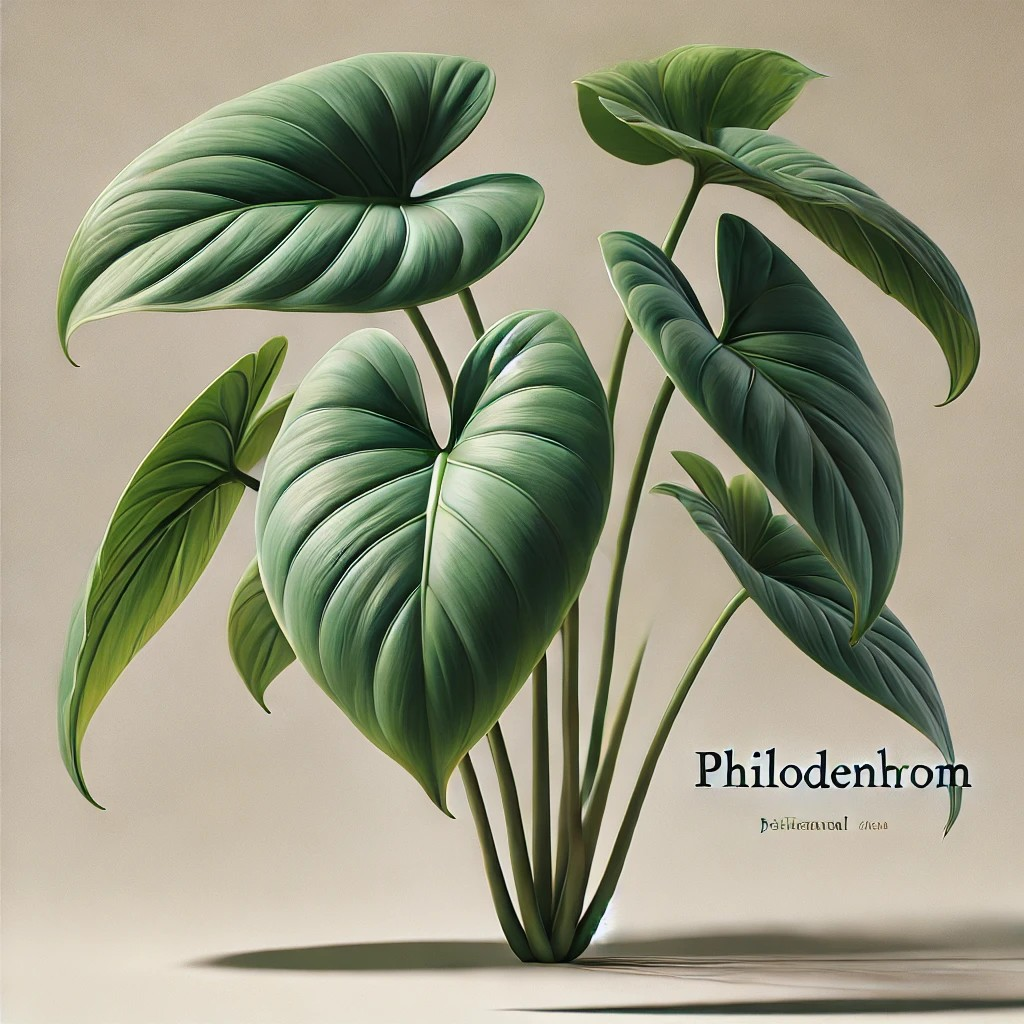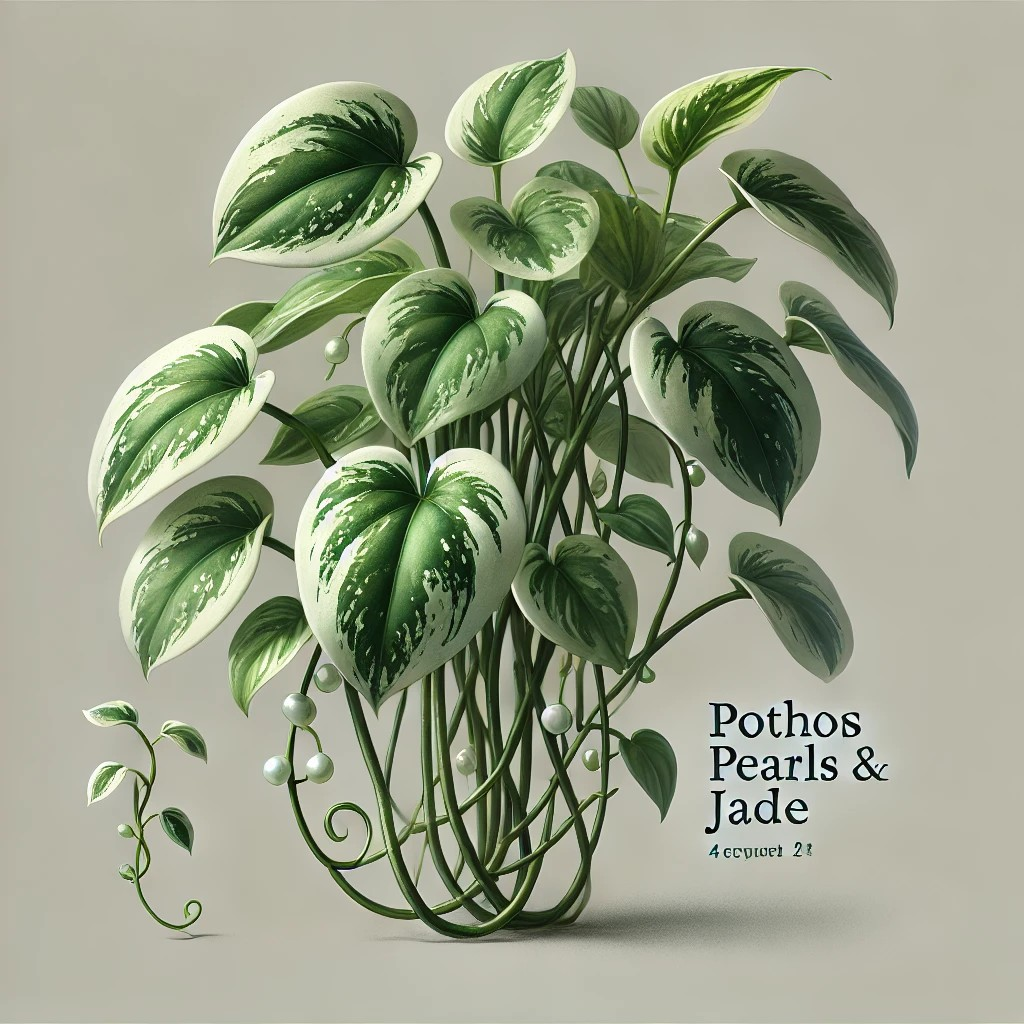The Best Live Plants for Your Chameleon's Habitat
When setting up a habitat for your chameleon, creating a safe and enriching environment is crucial for their health and well-being. Live plants not only enhance the aesthetic appeal of their enclosure but also provide essential benefits such as humidity control, climbing structures, and hiding spots. However, not all plants are safe for chameleons. Choosing the right plants ensures your pet remains healthy and free from potential toxicity. In this blog, we'll explore the best live plants that are safe for your chameleon's cage.
Why Use Live Plants in a Chameleon Enclosure?
Live plants contribute significantly to your chameleon's enclosure by:
Maintaining Humidity – Chameleons thrive in humid environments, and live plants help regulate moisture levels naturally.
Providing Climbing and Perching Areas – Many chameleons prefer to navigate their space by climbing, so sturdy plant branches support their movement.
Offering Hiding Spots – Chameleons are naturally shy creatures and appreciate dense foliage to feel secure.
Improving Air Quality – Live plants help filter toxins and create a fresher, more natural environment.
Top Safe Plants for Chameleons
Here are some of the best live plants that are both beautiful and safe for your chameleon's habitat:
1. Ficus Benjamina (Weeping Fig)
This popular houseplant is a favorite among chameleon owners. With its sturdy branches and dense leaves, it provides excellent climbing opportunities and shade. Ensure proper care, as ficus can drop leaves if not maintained well.
2. Pothos (Epipremnum aureum)
Pothos is an easy-to-grow, low-maintenance plant that thrives in most chameleon enclosures. Be sure to use only the Epipremnum aureum variety and avoid Pothos Pearls and Jade, which contain oxalates that can be harmful to chameleons. Its trailing vines create a lush look while offering safe, sturdy climbing options.
3. Hibiscus
Not only does hibiscus add vibrant color to the habitat, but it also produces edible flowers that chameleons might enjoy. It requires bright light to thrive, making it a great choice for well-lit enclosures.
4. Schefflera (Umbrella Plant)
Schefflera provides dense foliage that creates excellent hiding spots. It thrives in warm, humid conditions, making it an ideal addition to your chameleon's home.
5. Dracaena
Dracaena varieties are excellent for adding height and structure to an enclosure. They are non-toxic and contribute to a jungle-like atmosphere.
6. Ferns (Boston Fern, Bird's Nest Fern)
Ferns help maintain high humidity and provide soft foliage for a naturalistic look. However, they require consistent moisture to thrive.
7. Spider Plant (Chlorophytum comosum)
A hardy, easy-to-grow plant, spider plants provide additional greenery and are non-toxic to chameleons.
Tips for Keeping Plants Healthy in a Chameleon Cage
Use Organic Soil – Avoid chemical fertilizers and pesticides that could harm your chameleon.
Provide Adequate Lighting – Many plants need UVB and natural light to flourish.
Monitor Humidity Levels – While plants contribute to humidity, misting and proper ventilation are necessary to maintain balance.
Regular Pruning – Keep plants healthy by trimming dead leaves and maintaining their shape.
Plants to Avoid
Some plants can be toxic to chameleons and should be avoided, including:
Philodendrons – Contain insoluble calcium oxalates, which can cause mouth irritation, excessive drooling, and digestive distress if ingested.
Ivy (English Ivy, Devil’s Ivy) – Toxic if eaten, causing vomiting, diarrhea, and irritation to the mouth and throat.
Dieffenbachia (Dumb Cane) – Contains toxic sap that can cause swelling, burning sensations, and difficulty swallowing if ingested.
Oleander – Highly toxic to chameleons, even in small amounts, affecting the heart and potentially leading to severe poisoning.
Pothos Pearls and Jade – Contains oxalates that can irritate the digestive system and cause discomfort if chewed or eaten.
Final Thoughts
Incorporating live plants into your chameleon's enclosure enhances their quality of life by creating a natural, stimulating, and safe habitat. By selecting the right plants, you ensure that your chameleon remains healthy while enjoying a beautiful, enriching environment. Choose wisely, maintain proper care, and watch your chameleon thrive in their lush, plant-filled home!
Where to Buy Panther Chameleons
At PNW Reptile Bites, we specialize in raising high-quality Panther chameleons, bred for health, vibrant colors, and strong genetics. Unlike large-scale breeders, we individually raise each chameleon, providing them with dedicated care and attention to ensure they thrive before going to their new homes.
🐣 Our Raising Process & Health Monitoring
✔ Individually raised in optimal conditions to promote growth and natural behaviors.
✔ Monitored closely for health, eating habits, hydration, and development.
✔ Not released until they are 3-4 months old, ensuring they are strong, independent eaters, and fully ready to adjust to their new homes.
🐣 Join Our Reservation Program & Save!
✔ Priority selection before they go live for general sale.
✔ A considerable discount compared to standard pricing.
✔ Regular updates on your reserved chameleon’s growth & progress.
📌 Reserve yours today! Secure your future chameleon and enjoy early access to new clutches before they’re publicly listed.
🌍 See Available Chameleons & Reservation Details: Panther Chameleons












